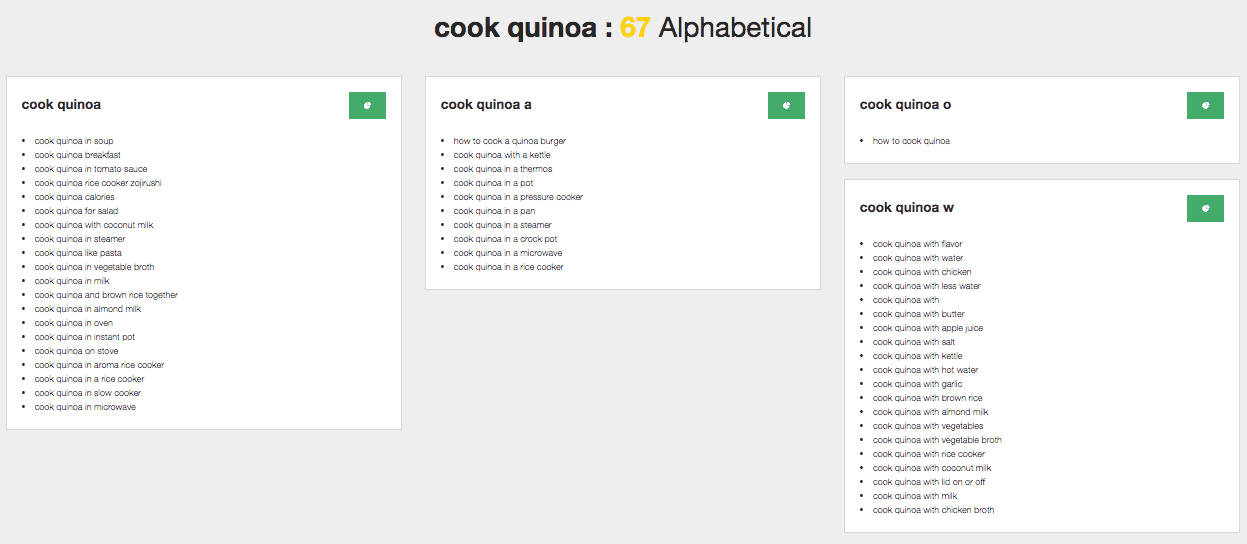Ok, Google…
Most of us have heard about voice search through friends, colleagues or online. But how many of us are actually using it? If you have not tried it once in a lifetime, take your phone and speak up.
According to the mobile voice study by Google, 55% of teens and 41% of adults use voice search more than once a day. Is that not surprising? It saves time, great for multi-tasking, and most importantly, it is the future.

Google voice and SEO.
The correlation between the two concepts comes down to the way people are searching for information online. Here voice search radically changes the methodology of input. According to the research by A. Hauptmann and A. Rudnicky on a comparison of speech and typed input,
A voice tone could be advantageous for casual users.
Indeed, looking back to the Google data, adults use voice search the most to find out directions, dictate text and call someone. While the settings are used with friends, in the bathroom, and while cooking. How more casual voice search can be?
This insight is key to the relationship between voice search and SEO. When a user looks up for information using Siri, Cortana, Alexa or Google, they are expecting relevant quick answers. In other words, instant results are a must.
How does it affect your SEO keyword game?

If you have been neglecting the power of long-tail keywords in SEO, if you want to stay ahead of competitors in the upcoming years with the rise of voice search, consider the usage of long-tail keywords in your optimization strategies. Now natural phrases are taking over short keywords and as in any conversation, people do not communicate with keywords only.
“When is the next SMX conference?” or “How to cook quinoa?”
Twinword Ideas can assist your brainstorming session for long-tail keywords. Simply input the keyword and check multiple variations like “how many calories in prepared quinoa” or “making quinoa in a rice cooker”. Take a step further with search volume statistics, competition, and relevance filter.
Another online tool, Answer The Public, will visualize the suggested keywords in groups and sort them alphabetically. A couple of suggestions, that you can utilize for a cooking blog on quinoa posts from Answer The Public, are “can I cook quinoa in coconut milk” or “how do I cook quinoa flakes”.
There is no coincidence in our emphasis on the question type queries. Think about how people are looking for answers by asking specific questions: “when”, “where”, “how”, “what” and “who”. Optimize the keywords around these adjectives on FAQ pages to provide instant answers to your users and establish trustworthiness.
Coming back to the initial question of how many times have you searched by voice on your mobile device, the endpoint is in the dynamic popularity of voice search and its influence on the web in general.
If generation X witnesses the rise of search volume, the upcoming generations will and are already actively adopting the practices of searching by voice. Stay ahead and be prepared.
Have something to share about SEO and voice search? Leave us a comment below or tweet @twinwordinc







2 Comments
Voice search Optimization gets one of the fastest new trends in gadgets and doesn’t have all the assignments to quit in the near future at any point. Apple flourished Siri in 2011, technology that made it possible for iOS users to do inquiries and conduct tasks exclusively through the use of their voice. This kind of programming will be seen in things such as the Google Home in 2019.
This is the best post I have come across about voice search. Thank you for sharing